Get Big on Small (Houses)
 Processing Request
Processing Request
by Alana LaBeaf
The small house movement has been around for awhile now, but it was only recently that I started to gain an appreciation for it. My initial beef with the small house movement was that Millennials and younger generations were being forced to buy small because of being saddled with student debt and general wage stagnation, even as jobs increasingly require more college education. And, well, as I type that out, I realize I still have that specific beef with the small house movement. However, after happening upon some Earthship homes on a recent vacation, I have come to appreciate the environmental benefits of scaling down.
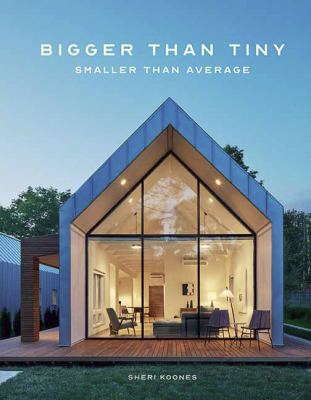
Bigger Than Tiny, Smaller Than Average by Sheri Koones showcases some gorgeous small homes with fabulous design sensibilities. Each home includes a list of its “green” features and between entries, there are pages focusing on specific features or design principles. For example, a page on “Wet Rooms” discusses Universal Design concepts and how a push to make all spaces accessible to everyone has led to the popularity of wet rooms, which are bathrooms that are fully tiled with a drain, so that the shower, toilet, and everything else is waterproof and on equal footing. Also, despite my Millennial bitterness, I like that this book highlights the appeal of smaller spaces for older folks, in particular with their accessibility features. A supplier list in the back of the book will be useful to anyone interested in replicating features of these homes in their own home.
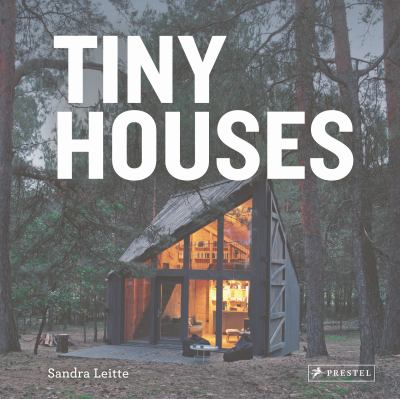
Tiny Houses by Sandra Leitte doesn’t have much to help anyone wanting to build their own small, eco-friendly home, unless it’s to inspire them with the many feats of architecture contained within. Any design nerd will find plenty to delight them in here, with page after page of photographs of some mind-boggling spaces. “The Bookworm Cabin” in Poland, which is featured on the cover, is right up my alley. Less appealing is the “Hidden Studio” in Spain, which is tucked away nearly unseen on the underside of a freeway overpass, although it does offer some food for thought. Freeway underpasses are associated with homeless encampments, and indeed, tiny homes are starting to be used throughout the U.S. to house people experiencing homelessness, so perhaps there is a budding trend toward equalizing housing or making space for everyone in our ever-growing world.
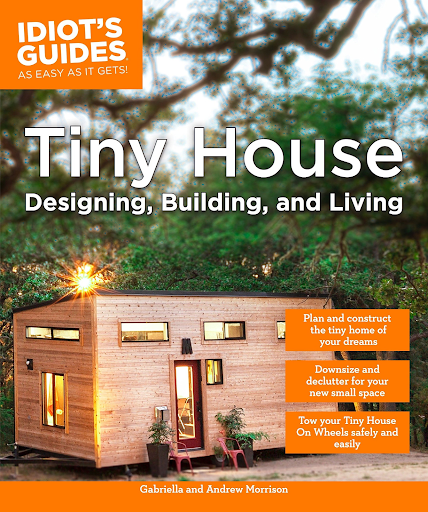
With small house design principles and inspiration in tow from the previous two titles, if you are ready to start building your own small home, Tiny House: Designing, Building, and Living by Gabriella and Andrew Morrison is an excellent next resource to enjoy. In addition to covering the benefits and vocabulary of small house living, this book covers such practicalities as how to prepare emotionally for the switch to small living, how to finance your small home, and legal considerations you will need to make. Then it moves on to designing and executing your small home. This book is a must for those ready to make the big step to small living!

If you’re ready to start going deep into the technical aspects of living off the grid, or even of just lowering your electrical carbon footprint a bit, Install Your Own Solar Panels by Joseph Burdick and Philip Schmidt is a good starting point. The authors make highly technical information easy to understand, and they’re good about delineating when you can actually do it yourself, and when you should hire an expert. A chapter on ''Off-Grid System Design'' provides a framework for those who want to go all in with green living. I found the abundant charts, diagrams, and images to be super helpful!
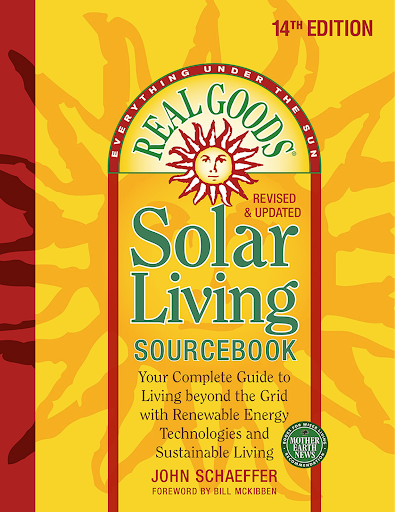
If you want an encyclopedic source of renewable living, look no further than the Solar Living Sourcebook by John Schaeffer. Now in its 14th edition, this book has been the go-to resource for would-be homesteaders since the 1st edition dropped in 1982. The author became interested in communal, back-to-the-land living while studying at UC Berkeley in the late 60s and went on to create Real Goods, a store selling supplies for off-the-grid living. As a UC Berkeley alum who lived communally in a student co-op while attending college, this is a book after my own heart. Covering everything from how to choose batteries to how to make a composting toilet to how to abide by “living cemetery” principles, this book has it all. A glossary and resource list help ensure you have all you need to get started.
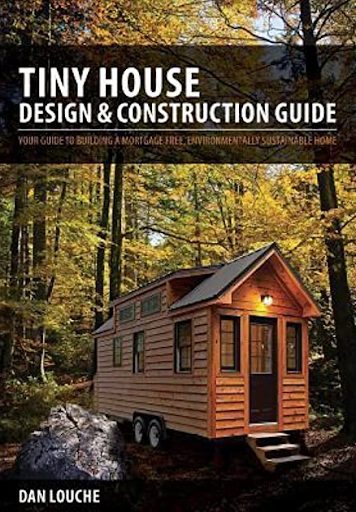
If you want your tiny home to easily be moved, then Tiny House Design & Construction Guide by Dan Louche is for you. As more areas create zoning laws that are friendlier to small homes, the DIY mobile home model may fall by the wayside. Until then, this book shows you how to make an adorable tiny home on wheels; just be forewarned that the author focuses on the design shown on the book cover.
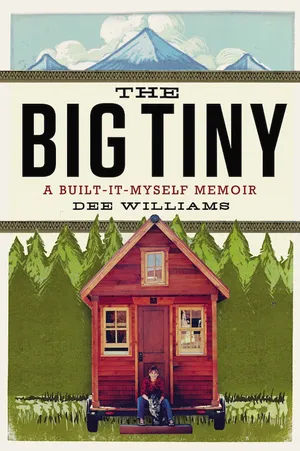
If you need a little more convincing that living tiny is the way to go, then The Big Tiny: A Built-It-Myself Memoir by Dee Williams might help. A traumatic event led Williams to reconsider all the time she was putting into cleaning, maintaining, and making enough money to pay the mortgage on her home. By switching to a tiny home, she was able to free up more time to spend with friends and family, as well as cut her monthly living expenses drastically. More than living cheap, this book is about appreciating the finer things in life.

For a broader sociological perspective on housing and the way that it has developed throughout the history of the United States from colonization to present, check out Brave New Home by Donna Lind. From shared living to the dream of the single-family white picket fenced home to the more recent trends toward intergenerational housing, sustainable housing, and tiny living, this book takes on the current crisis in American housing and offers a glimpse into the possibilities of the future. Aware of the lack of affordable housing in the U.S. and the racial disparities of homeownership, it is refreshing to see that the author nevertheless is hopeful about the future of housing in the U.S.
Alana LaBeaf is the Information and Outreach Services Coordinator for the Fond du Lac Public Library.

